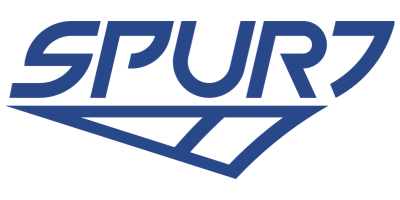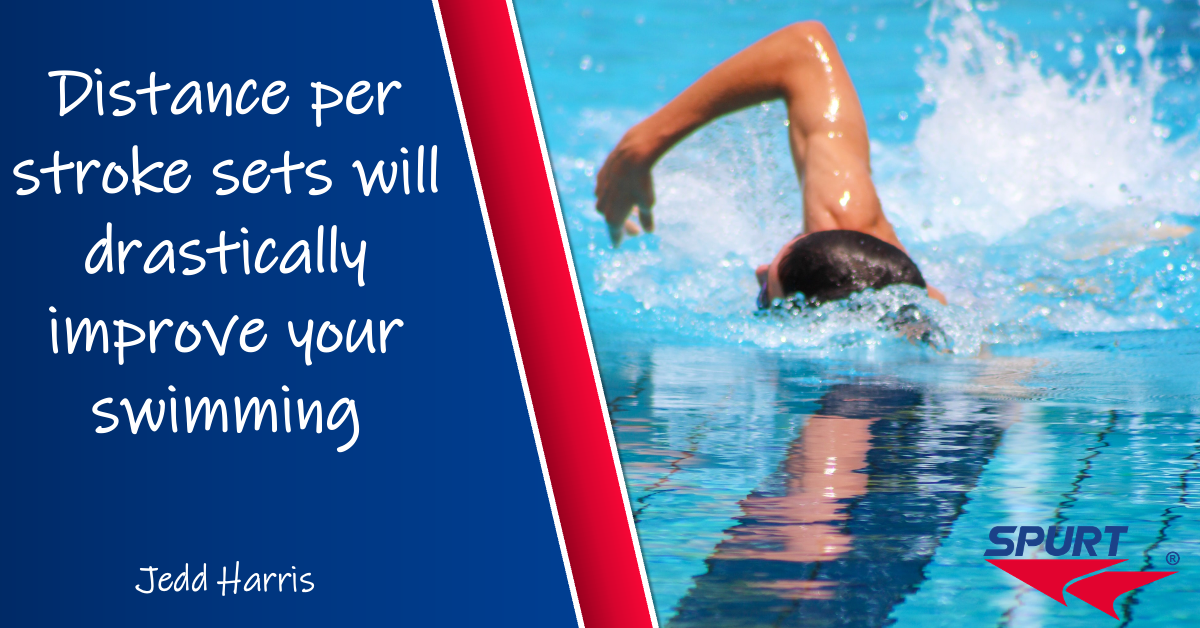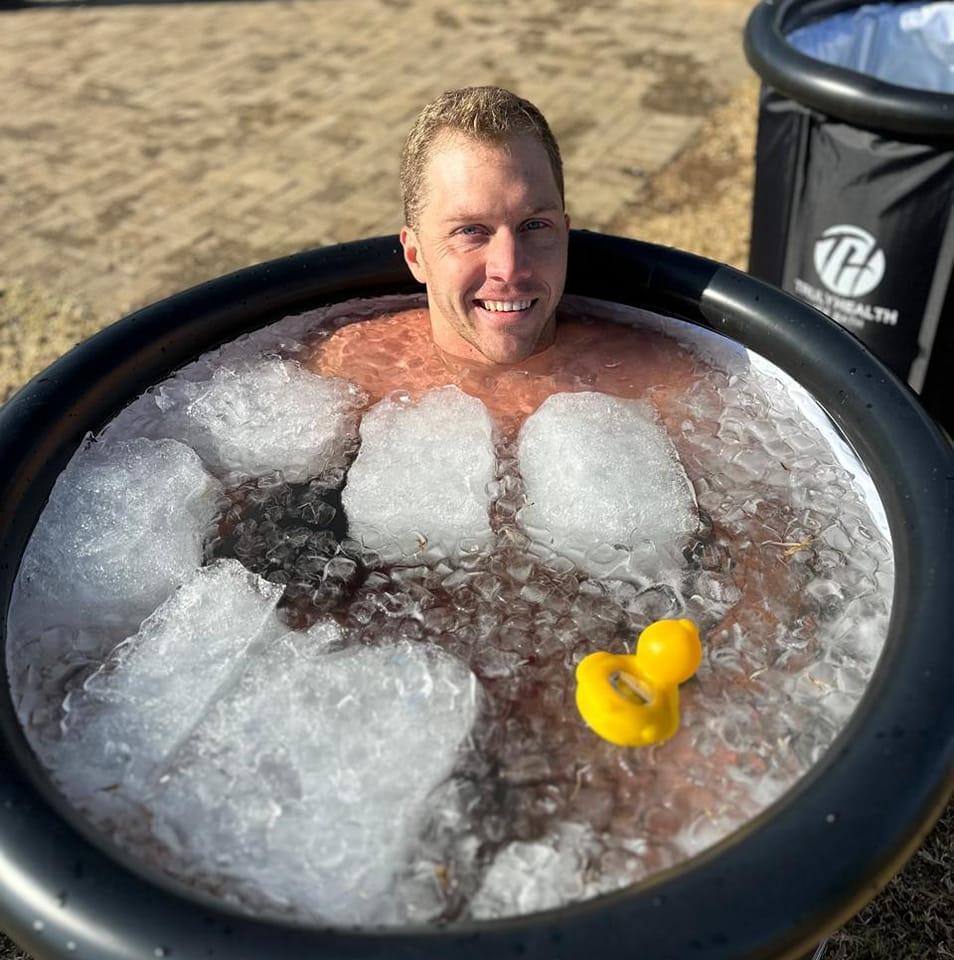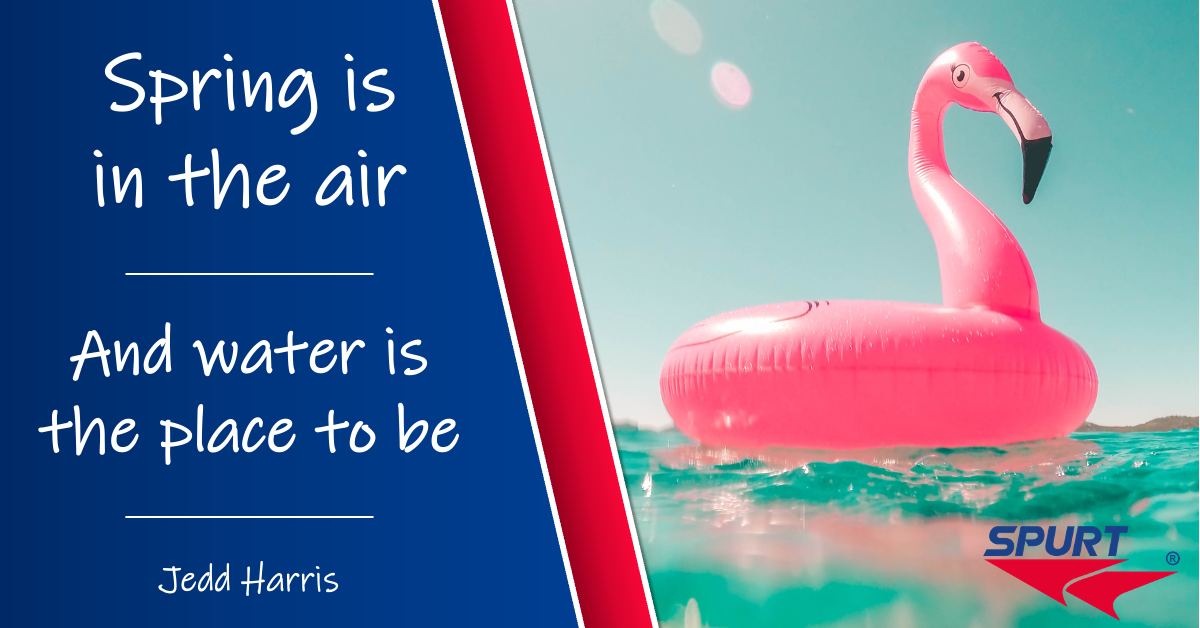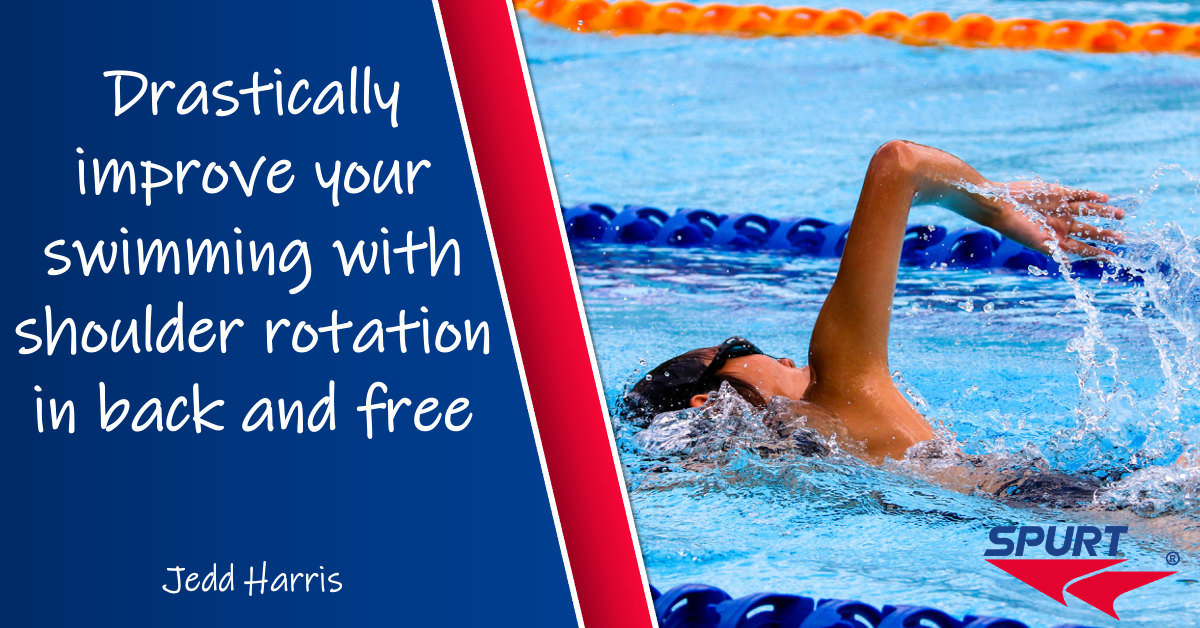We know you’re keen to improve your swimming, but it can get tough. It’s even tougher when things just don’t feel right. You feel like you’re forcing it, leaving you gasping for air sooner than you’d like or with shoulders feeling like lead. Effortless, easy swimming is an art form and requires loads of commitment to the basics. Avoid those bad habits. Resist the temptation of following the path of least resistance (which inevitably ends in spinning, with very little catch anyway). Instead, focus on doing the basics right. Here we’ll focus on an important element of getting your stroke nice and efficient: distance per stroke.
To improve your swimming is a process…
You’re either new to the pool or you’ve been working on your stroke for a while now, but you feel like you have plateaued. It’s getting increasingly harder to make your way from one end of the pool to the other. Working with the clock is a nightmare, as it seems to be the competitor that never lets you win. The 12-year-old cruising in the lane next to you doesn’t help matters at all and you resist the temptation to hold onto his foot to get you across the pool or switch watches with him to bag your 300 Vitality points – although, his heart rate is probably way lower than yours, so probably not the best idea at this point.
Don’t stress. Not all is lost. Each time you show up you’ve won. Now that I have inspired you with that cliche, let’s get to work on your swimming and see if we can generate some easy speed with a distance per stroke focus during your next workout. Let’s dive in.
Count your strokes – work on doing less of them
Distance per stroke or DPS is a foolproof way of self-assessing how efficiently you are getting from one side of the pool to the other side. It’s a pretty simple concept – fewer strokes across the pool while taking the same time (or faster) to do so means you’re working the water more effectively. You’re also being more efficient, meaning you’ve got more energy left to swim further or faster as needed.
Whichever stroke you’re targeting, start by taking a single length (25m) and count the number of strokes you need to take to finish the length. By stroke I mean you should count the number of arms. Let’s say you’re doing freestyle and it takes you 21 strokes from one end to the other. Think of a targeted number of strokes – an easy one would be less than 20, so let’s say 19.
Ask yourself: “How could I shave two strokes off of my length?” I always do this with my junior swimmers when we focus on a DPS set. They are typically only too happy to offer the following options, (even though it takes a bit of effort to actually get them to do these things while they swim – fellow coaches, I know you feel my pain):
- Stronger push-off of the wall
- Tighter streamline
- Longer underwater
- Harder underwater
- Stronger breakout
- Better timed breakout
- Longer strokes
- Harder pull
- Faster more powerful kick
There you go. You now have a list of things that can help shave off those two strokes to drop below your 20 stroke target. You’ll notice the list includes things that are pretty quick to get right and help by decreasing resistance. Then there are other things that will take a little bit of time as they require increased propulsion.
But I want you to take it one step further. Let’s focus on getting your stroke more efficient.
In other words, make sure you push off of the wall with the same effort each time. Do the same number of underwater kicks at the same intensity. This set is all about entry, catch and long, powerful pull. Let that be the part of your stroke that you’re working on.
To see what I mean, swim a length of freestyle with closed fists – feel how your arms tend to spin, while you hardly move. Count your strokes – hopefully, the number is way bigger than the 21 you completed in the length before. Naturally, you’ll start moving your arms faster and moving through the water quicker. When you do, make sure you’re grabbing lots of water and working it backwards so you propel forwards. As I tell my swimmers, “You’re not moving because your arms and legs are moving, you’re moving because you’re working the water.”
Let this be your focus. Not the path of least resistance. If it ain’t hurting, it ain’t working. Positive pain only, of course. Remember, it’s all about the entry, catch and pull. A pull buoy or a pair of paddles could help you here – just be sure to warm your shoulders up a bit before putting on the paddles. We’re on our way to improve your swimming. Now for step two.
Let’s have a competition…
My average number of arms for 25m are listed below. Work to do better than me and let me know when you do (video evidence is encouraged, you might even get a prize sent over to you – myvirtualcoach@spurt.co.za).
- Butterfly: 8
- Backstroke: 10
- Breaststroke: 6
- Freestyle: 10
This is swimming without fins or paddles. You’re allowed three underwater kicks in fly, back and free, while a traditional breaststroke start (one arms, one legs with single fly kick in between) can be used. Good luck.
That’s it with theory. Now it’s time for you to implement what you learned in the pool and improve your swimming.
I promise that if you truly focus on distance per stroke, I mean literally counting, counting and counting your stroke across every 25m with the goal of getting faster while doing fewer strokes you will feel like a whole new swimmer cruising from one end of the pool to the other. Across all strokes. Guaranteed. But only if you commit to perfect practice.
Remember, I can only guide you. The execution is up to you.
